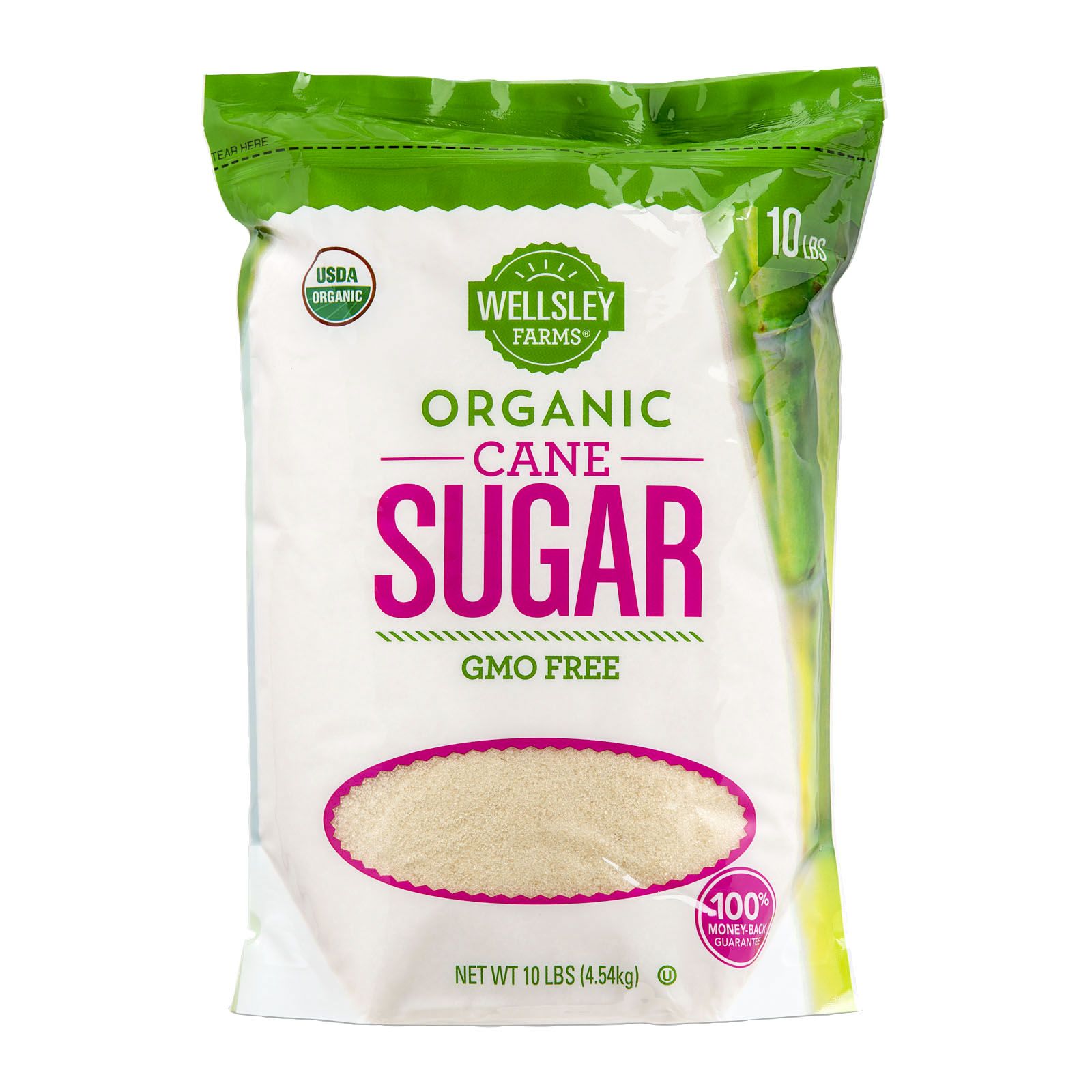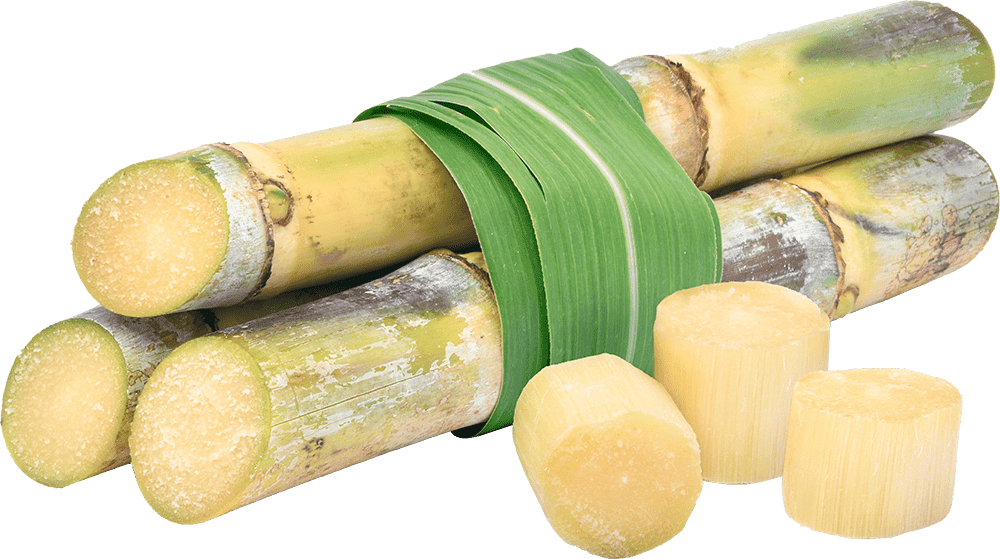Cane Sugar Processing: From Field to Table-- A Step-by-Step Overview
Cane Sugar Processing: From Field to Table-- A Step-by-Step Overview
Blog Article
An In-Depth Guide to the Environmental Effect and Sustainability Practices in Walking Cane Sugar Processing
The environmental impact of cane sugar processing offers a complex array of obstacles that warrant mindful exam. From dirt deterioration and extreme water usage to the carbon impact connected with farming and manufacturing, the repercussions of standard practices are far-reaching. What details methods can be executed to strike a balance in between efficiency and environmental stewardship?
Overview of Walking Cane Sugar Processing
Cane sugar processing includes a series of systematic actions that transform sugarcane right into polished sugar. Originally, gathered sugarcane is delivered to processing centers, where it goes through cleaning to remove dirt and debris. Following this, the walking cane is squashed to extract juice, which is after that clarified by getting rid of pollutants via home heating and the addition of lime.
The cleared up juice undergoes dissipation, where water is eliminated to focus the sugar material. This focused syrup is then taken shape through air conditioning, allowing sugar crystals to develop. These crystals are separated from the continuing to be syrup using centrifugation, causing raw sugar. To achieve refined sugar, the raw item undergoes more purification procedures, which may consist of washing and filtering to get rid of remaining contaminations and shade.
The final product is after that dried and packaged for distribution. Throughout this entire procedure, keeping efficiency and high quality control is necessary to make certain the sugar meets market criteria. Each action in cane sugar processing not just contributes to the last item yet also has ramifications for resource use and waste generation, setting the stage for discussions on sustainability and environmental effects linked with sugar manufacturing.
Environmental Challenges of Production
The manufacturing of walking cane sugar presents numerous considerable ecological difficulties that warrant attention. One main problem is the extensive use of agrochemicals, including fertilizers and chemicals, which can lead to dirt destruction, biodiversity loss, and contamination of neighborhood water resources. The drainage from sugarcane areas often carries these chemicals into nearby communities, interrupting water life and impacting the health of communities reliant on these water bodies.
Another challenge is the high power intake associated with sugarcane processing. The boiling and refining stages call for significant warmth, mostly created by shedding fossil gas, adding to greenhouse gas exhausts. Additionally, the expansive acreage needed for sugarcane growing can cause deforestation and environment damage, further intensifying environment change and threatening wildlife.
Furthermore, the labor practices in some areas raise moral worries, as workers might face inadequate working conditions and poor earnings. This situation frequently bolsters a cycle of hardship in neighborhood neighborhoods. Cane Sugar Processing. Addressing these ecological difficulties is essential for creating much more lasting techniques in walking stick sugar manufacturing, ultimately profiting both the setting and the neighborhoods associated with this market
Water and Land Usage Impact
Water sources and land utilization are critical elements in the walking cane sugar industry that significantly impact the environment. The farming of sugarcane needs significant water input, with estimates suggesting that it can eat up to 2,000 liters of water per kg of sugar generated. This extensive use water typically leads to depletion of regional water sources, affecting not only the sugarcane vineyards yet also bordering ecosystems and neighborhoods that count on the very same water sources for agriculture and domestic use.

In addition, land use for sugarcane farming can cause deforestation and the conversion of all-natural environments into monoculture plantations. This method decreases biodiversity, interferes with local ecosystems, and adds to soil deterioration. The development of sugarcane fields usually intrudes on valuable agricultural land, developing competition for resources between food and biofuel manufacturing.
Sustainable methods, such as maximizing irrigation strategies and executing plant rotation, are important to reduce these effects. By adopting a lot more efficient water usage and land monitoring strategies, the walking stick sugar sector can reduce its environmental impact, making sure an equilibrium between farming productivity and environmental conservation.
Greenhouse Gas Emissions
Greenhouse gas exhausts stand for a significant environmental problem within the cane sugar processing industry, especially as farming practices broaden to satisfy international demand. The cultivation of sugarcane, a crop that grows in exotic environments, relies heavily on synthetic fertilizers and pesticides, which add to laughing gas emissions. Additionally, land-use changes, including deforestation for new sugarcane vineyards, launch co2 kept in plant life and soil.
Throughout handling, energy consumption is another major resource of greenhouse gas discharges - Cane Sugar Processing. Lots of sugar mills use nonrenewable fuel sources to power equipment and produce heat, resulting in substantial carbon impacts. Additionally, the transportation of raw sugarcane and ended up items adds layers of emissions via fuel combustion in lorries
This entails assessing existing agricultural methods, refining techniques, and transport systems to identify areas for renovation and mitigation. Attending to greenhouse gas discharges is essential for promoting an extra sustainable walking stick sugar sector in a changing climate.

Sustainable Practices and Innovations
Sustainable methods and advancements are increasingly essential in the walking stick sugar processing sector as stakeholders look for to reduce ecological effects while maintaining performance. One significant innovation is the application of incorporated crop management, which maximizes resource usage by integrating soil management, parasite control, and plant rotation strategies. This technique boosts yield while reducing chemical inputs and protecting dirt health and wellness.
Furthermore, the fostering of sustainable power sources, such as biomass from sugarcane deposits, has actually acquired grip - Cane like this Sugar Processing. By converting waste items right into power, processing centers can reduce their reliance on nonrenewable fuel sources, thereby reducing greenhouse gas emissions
Water administration techniques have likewise seen renovations through the recycling and reusing of water in processing plants, significantly minimizing freshwater consumption. Advancements in modern technology, such as accuracy farming, enable farmers to keep an eye on plant health and resource usage a lot more effectively, making sure lasting farming view practices.
Moreover, accreditation programs like Fair Profession and Jungle Partnership urge environmentally accountable farming methods and advertise social equity within the supply chain. By welcoming these lasting techniques and developments, the walking cane sugar handling industry can boost its resilience and contribute positively to environmental stewardship.
Conclusion
The environmental impact of cane sugar processing presents considerable difficulties, including soil degradation, high water consumption, and greenhouse gas emissions, alongside moral problems connected to labor techniques. Addressing these concerns via lasting techniques, such as incorporated crop administration, renewable resource fostering, and water recycling, is essential. By promoting socially fair and environmentally responsible methods in sugar manufacturing, the sector can alleviate its negative effects, ensuring an extra lasting future for both ecological communities and areas entailed in this market.
Walking stick sugar processing entails a series pop over to this web-site of systematic actions that transform sugarcane into polished sugar. Each step in walking cane sugar handling not only adds to the final item however additionally has ramifications for resource usage and waste generation, setting the phase for discussions on sustainability and ecological effects associated with sugar manufacturing.
Greenhouse gas emissions stand for a considerable environmental problem within the walking stick sugar handling industry, specifically as agricultural techniques broaden to fulfill worldwide demand.Lasting techniques and technologies are progressively vital in the walking cane sugar processing sector as stakeholders seek to lower environmental effects while maintaining performance.The environmental effect of cane sugar processing offers significant difficulties, consisting of soil degradation, high water usage, and greenhouse gas discharges, along with honest concerns associated to labor techniques.
Report this page